Market Analysis
In-depth Analysis of Naval Combat Systems Market Industry Landscape
The Naval Combat Systems market is influenced by a multitude of factors that collectively shape its growth, development, and strategic landscape within the defense sector. One of the primary market factors is the geopolitical considerations of maritime powers globally. As nations vie for naval dominance and navigate strategic interests, the demand for advanced Naval Combat Systems is significantly impacted. The market dynamics are influenced by the need for naval forces to assert their presence in crucial maritime regions, respond to emerging threats, and maintain a competitive edge on the seas.
While the ocean of opportunity beckons the Naval Combat Systems market towards a $38.95 billion horizon by 2030, its voyage faces both fair winds and turbulent waters. Modernization programs across global fleets fuel a steady 2.68% annual growth, propelled by the need for cutting-edge tech. However, the industry's inherent costliness, with hefty R&D expenses and COVID-induced supply chain disruptions, may act as anchors, potentially slowing its progress towards that distant shore. Only time will tell if the tide of innovation can overcome these obstacles and steer the market towards its projected harbor.Budgetary allocations and defense spending play a pivotal role in determining the market factors of Naval Combat Systems. Governments and defense agencies allocate funds to enhance their naval capabilities, procure advanced combat systems, and invest in the modernization of existing fleets. The market factors are shaped by the financial commitments of nations to maintain and upgrade their naval assets, reflecting the prioritization of maritime security within broader defense strategies.
The evolving threat landscape, including the rise of asymmetric threats, anti-access/area denial (A2/AD) capabilities, and cyber threats, significantly influences the market factors of Naval Combat Systems. As naval forces face diverse and complex challenges, the demand for combat systems capable of countering these threats becomes paramount. The market factors are shaped by the need for advanced technologies, such as missile defense systems, electronic warfare capabilities, and cybersecurity measures, to ensure naval forces remain effective in the face of evolving security challenges.
Technological advancements are pivotal market factors driving the development and adoption of Naval Combat Systems. The continuous evolution of sensor technologies, artificial intelligence, unmanned systems, and directed energy weapons significantly influences the market dynamics. The market factors are shaped by the competitive landscape among defense contractors to innovate and introduce cutting-edge technologies, positioning their naval combat systems as technologically superior solutions.
The strategic imperative for naval modernization is a crucial market factor. Navies worldwide are focused on upgrading their fleets and integrating advanced combat systems to adapt to the demands of modern maritime warfare. The market dynamics are influenced by the need for naval forces to enhance their capabilities, improve operational efficiency, and stay ahead of potential adversaries. Naval modernization efforts drive the demand for state-of-the-art combat systems that align with evolving defense strategies.
International collaborations and partnerships play a significant role in shaping market factors within the Naval Combat Systems sector. Given the complexity and cost of developing advanced combat systems, countries often engage in collaborative efforts to pool resources, share expertise, and jointly develop naval capabilities. The market factors are influenced by the partnerships among nations and defense contractors, contributing to the creation of interoperable and standardized combat systems that can be adopted by multiple naval forces.
The maritime industry's focus on sustainability and environmental considerations is becoming an increasingly important market factor. As naval forces explore eco-friendly alternatives, the market dynamics are shaped by the demand for energy-efficient and environmentally sustainable Naval Combat Systems. The integration of green technologies, reduced emissions, and environmentally responsible practices contribute to the market factors influencing naval combat system development.
Regulatory considerations, compliance with international norms, and adherence to cybersecurity standards are integral market factors. The development and deployment of Naval Combat Systems must align with legal frameworks, ethical guidelines, and international humanitarian laws. The market dynamics are influenced by the need for combat systems that adhere to established standards, ensuring responsible and lawful use within the framework of international regulations.
The geopolitical landscape, defense budgets, evolving threat scenarios, technological advancements, naval modernization efforts, international collaborations, sustainability considerations, and regulatory compliance collectively shape the market factors of Naval Combat Systems. As naval forces continue to adapt to the challenges of maritime security, stakeholders in the defense industry must navigate these complex factors to anticipate market trends, develop cutting-edge solutions, and contribute to the ongoing evolution of naval capabilities.

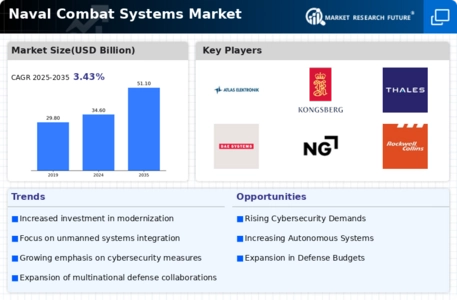
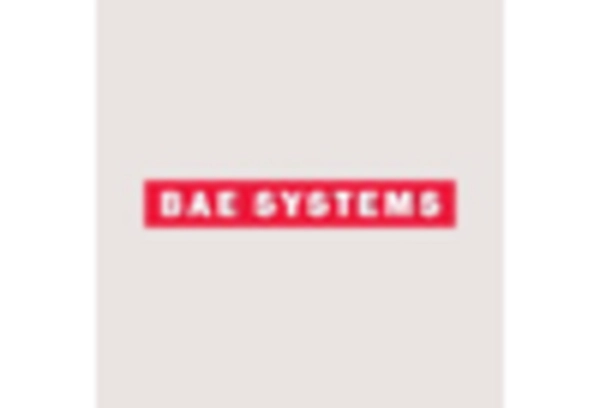
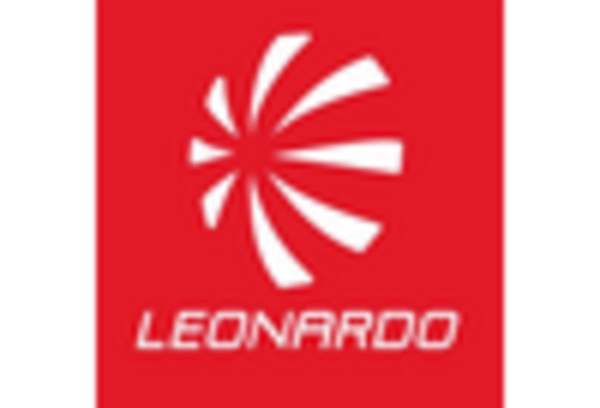
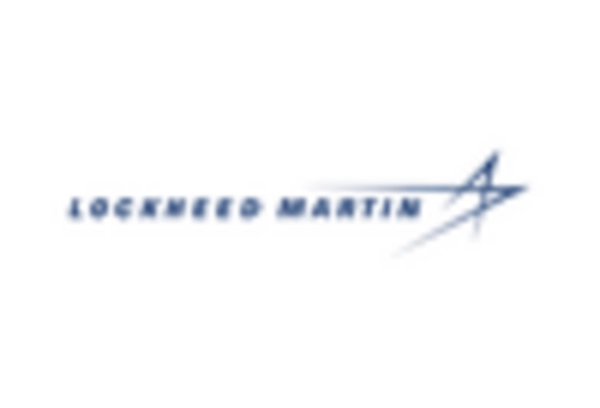

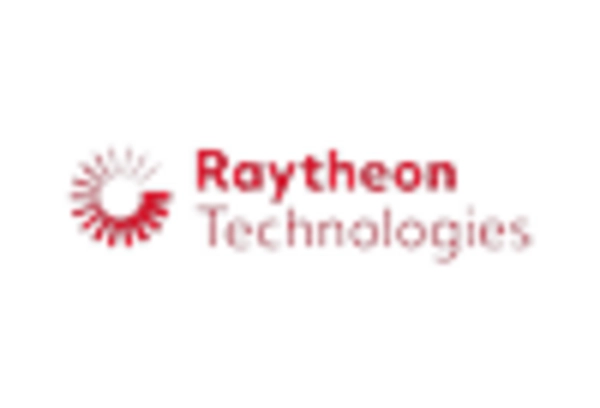










Leave a Comment